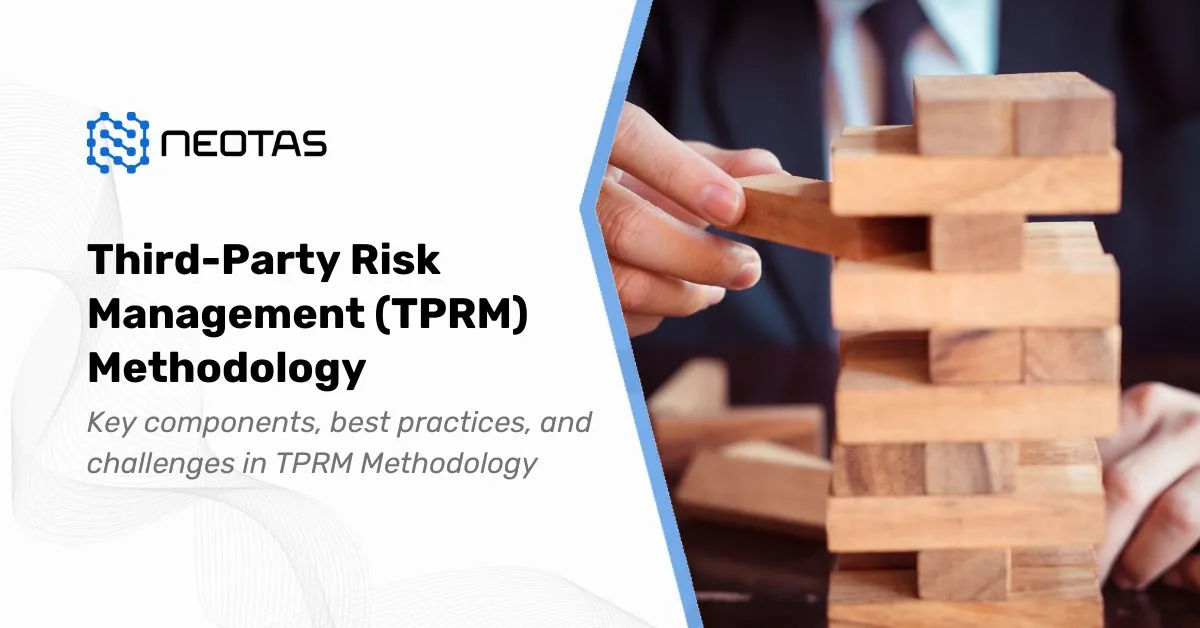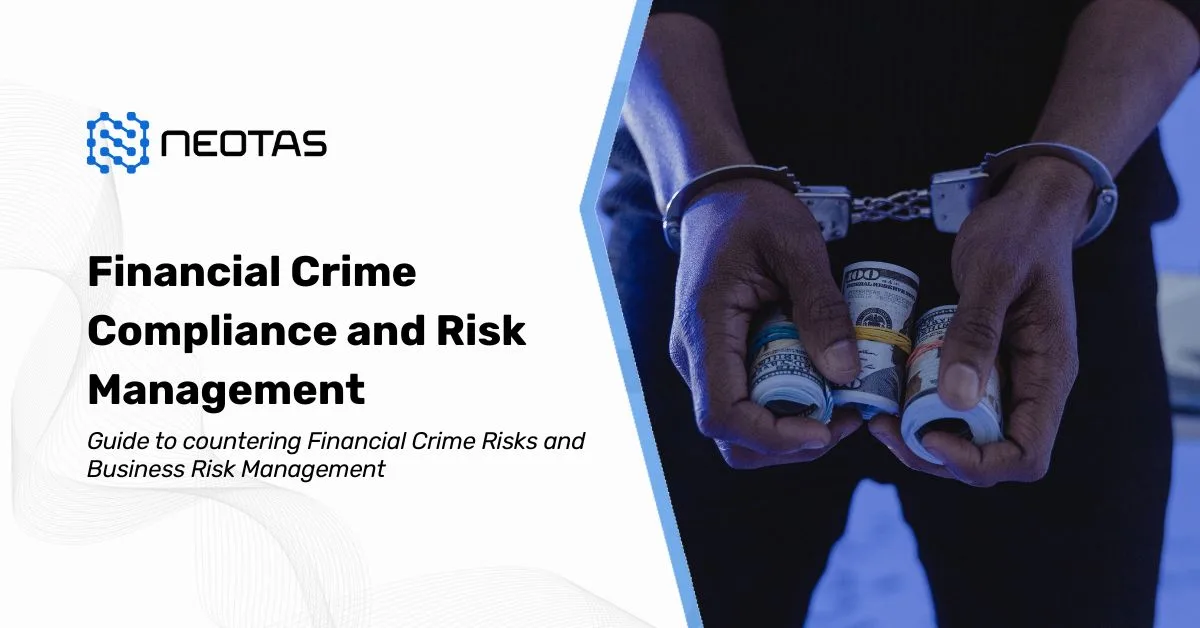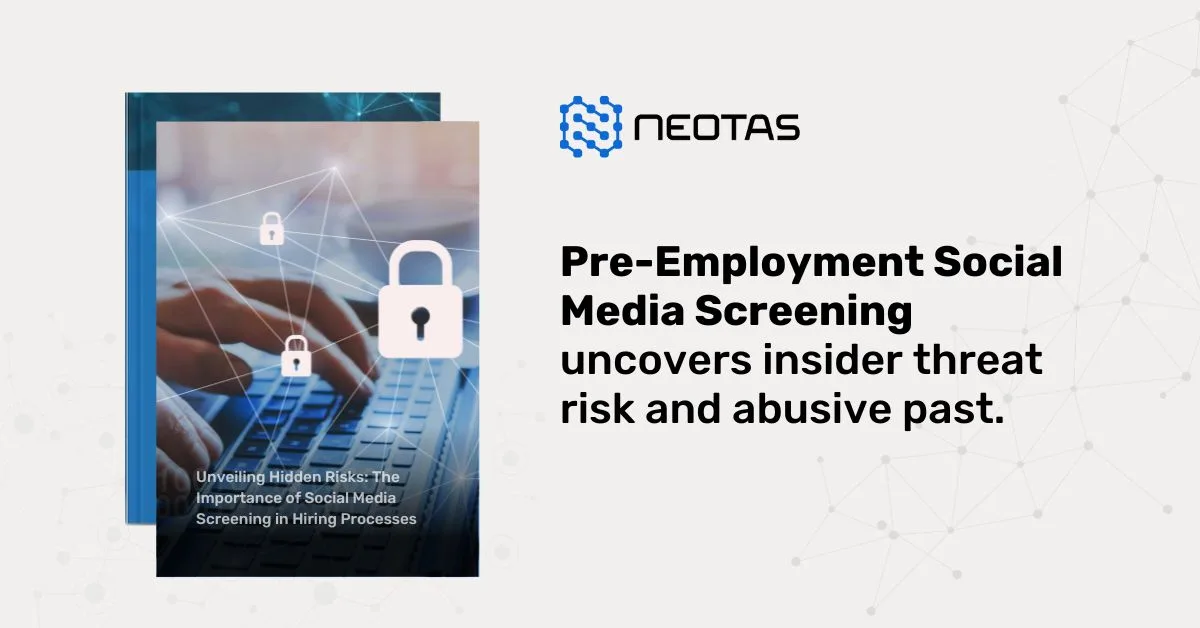Anti-Money Laundering (AML) audit
Discover the importance of AML audits for compliance, risk mitigation, and enhancing anti-money laundering strategies.
An Anti-Money Laundering (AML) audit is a comprehensive review of an organisation’s AML policies, procedures, and controls to ensure compliance with relevant laws and regulations. The primary aim of an AML audit is to assess the effectiveness of the AML programme in identifying and mitigating the risks associated with money laundering and terrorist financing.
Key Objectives of an AML Audit
- Compliance Assessment: An AML audit evaluates whether the organisation adheres to applicable AML regulations, such as the Proceeds of Crime Act (POCA) and the Terrorism Act in the UK. It checks if the policies align with guidelines issued by the Financial Action Task Force (FATF) and local regulatory bodies.
- Risk Evaluation: The audit identifies and assesses the risks associated with money laundering specific to the organisation’s business model, customer base, and geographical exposure. This includes evaluating the adequacy of the risk assessment processes in place.
- Effectiveness of Internal Controls: The audit examines the robustness of internal controls designed to prevent money laundering. This includes transaction monitoring systems, customer due diligence (CDD) procedures, and reporting mechanisms for suspicious activities.
- Training and Awareness: The effectiveness of training programmes for employees is assessed to ensure they are equipped to recognise and report suspicious activities. This is crucial for fostering a culture of compliance within the organisation.
- Recommendations for Improvement: Based on the findings, the audit will provide actionable recommendations to enhance the AML programme, ensuring it is adaptive to evolving threats and regulatory changes.
Types of AML Audits
- Internal Audits: Conducted by the organisation’s internal audit team, these audits assess compliance with internal policies and procedures. They provide an ongoing evaluation of the AML framework.
- External Audits: Independent auditors are engaged to review the AML programme. External audits offer an unbiased assessment and often provide greater assurance to stakeholders about compliance.
- Regulatory Audits: Conducted by regulatory authorities, these audits ensure that institutions comply with statutory requirements. They often involve a detailed examination of records, transactions, and reporting practices.
Steps Involved in an AML Audit
- Planning: The audit process begins with defining the scope, objectives, and methodology. This involves identifying relevant laws and regulations, as well as the organisation’s specific risk profile.
- Documentation Review: Auditors review existing AML policies, procedures, and records. This includes examining customer files, transaction logs, and previous audit reports.
- Interviews and Surveys: Engaging with employees across various departments provides insights into the practical implementation of AML policies and the overall culture of compliance.
- Testing: Auditors conduct tests to evaluate the effectiveness of controls. This may involve transaction testing to check for compliance with CDD requirements and the timeliness of suspicious activity reporting.
- Reporting: After completing the audit, a detailed report is prepared outlining the findings, risks identified, and recommendations for improvement. This report is shared with senior management and relevant stakeholders.
- Follow-Up: A follow-up review may be conducted to ensure that the organisation implements the recommendations and improvements outlined in the audit report.
Benefits of an AML Audit
- Enhanced Compliance: Regular audits ensure that the organisation remains compliant with evolving AML regulations, reducing the risk of penalties and reputational damage.
- Risk Mitigation: By identifying vulnerabilities within the AML framework, organisations can take proactive measures to strengthen their defences against money laundering.
- Increased Awareness: Audits foster a culture of compliance among employees, ensuring they understand their roles in preventing money laundering.
- Stakeholder Assurance: Demonstrating robust AML practices through audits can enhance stakeholder confidence, including investors, customers, and regulatory bodies.
An AML audit is a vital component of an organisation’s compliance strategy. By systematically evaluating the effectiveness of AML measures, organisations can ensure they are equipped to combat money laundering and terrorist financing effectively. Regular audits not only enhance compliance but also contribute to the overall integrity and security of the financial system. Organisations should prioritise conducting AML audits to safeguard their operations and maintain trust with regulators and customers alike.
About Neotas Due Diligence
Neotas Platform covers 600Bn+ archived web pages, 1.8Bn+ court records, 198M+ corporate records, global social media platforms, and 40,000+ Media sources from over 100 countries to help you build a comprehensive picture of the team. It’s a world-first, searching beyond Google. Neotas’ diligence uncovers illicit activities, reducing financial and reputational risk.
WHAT WE OFFER
- Complete, Automated AML Solutions – Tailored to meet regulatory requirements for detecting and preventing money laundering activities.
- Seamless, Easy-to-Use Platform – Featuring interactive dashboards and management tools for efficient oversight.
- Single Workflow Platform – Consolidating all AML operations into a unified, easy-to-navigate system.
- OSINT-Driven Intelligence – Incorporating unstructured and structured data from open sources to uncover hidden risks.
- Dynamic Monitoring & Alerts – Real-time monitoring of individuals, entities, and transactions, with risk-based alert frequencies.
- Enhanced Due Diligence – Comprehensive checks on high-risk entities, including AML Regulated organisations, vendors, and customers.
- Seamless Integration – Easily integrates with existing AML, KYC, and compliance systems.
- Managed Service Option – Access to expert-driven, report-based AML assessments.
- Comprehensive Value Chain Monitoring – Covering all relevant actors, from customers to intermediaries and vendors.
Our automated AML monitoring continually tracks high-risk individuals and entities, providing immediate alerts on any significant changes or suspicious activities.
Neotas is a leading SaaS platform widely deployed by organisations for investigating suspected financial crime.
 AML Case Studies:
AML Case Studies:
- Case Study: OSINT for EDD & AML Compliance
- Overcoming EDD Challenges on High Risk Customers
- Neotas Open Source Intelligence (OSINT) based AML Solution sees beneath the surface
- ESG Risks Uncovered In Investigation For Global Private Equity Firm
- Management Due Diligence Reveals Abusive CEO
- Ongoing Monitoring Protects Credit Against Subsidiary Threat
- AML Compliance and Fraud Detection – How to Spot a Money Launderer and Prevent It
 AML Solutions:
AML Solutions:
- Risk-Based Approach (RBA) to AML & KYC risk management
- Anti-Money Laundering (AML) Compliance
- Anti-Money Laundering (AML) Checks
- Anti-Money Laundering (AML) Regulations
- Anti-Money Laundering (AML) Compliance Checklist
- Anti-Money Laundering (AML) Compliance Checklist for Banks
- Anti-Money Laundering (AML) Transaction Monitoring
- Money Laundering Reporting Officer (MLRO) – Roles and Responsibilities of an MLRO
- What is Customer Due Diligence in Banking and Financial Services?
Manage Financial Compliance and Business Risk with Neotas AML Solutions.
Neotas is an Enhanced Due Diligence Platform that leverages AI to join the dots between Corporate Records, Adverse Media and Open Source Intelligence (OSINT).
Schedule a Call or Book a Demo of Neotas Anti-money laundering (AML) Solutions.



 Financial Crime Compliance Trends 2024
Financial Crime Compliance Trends 2024
























